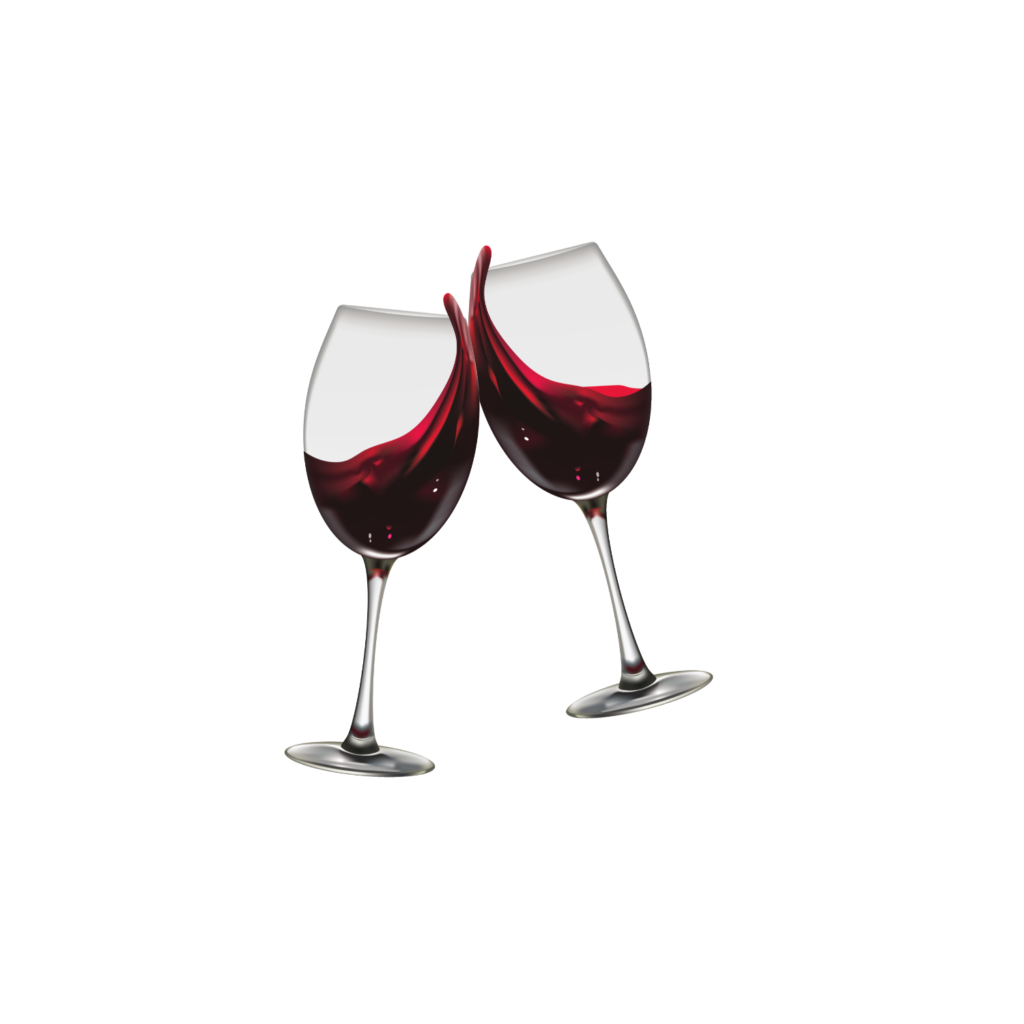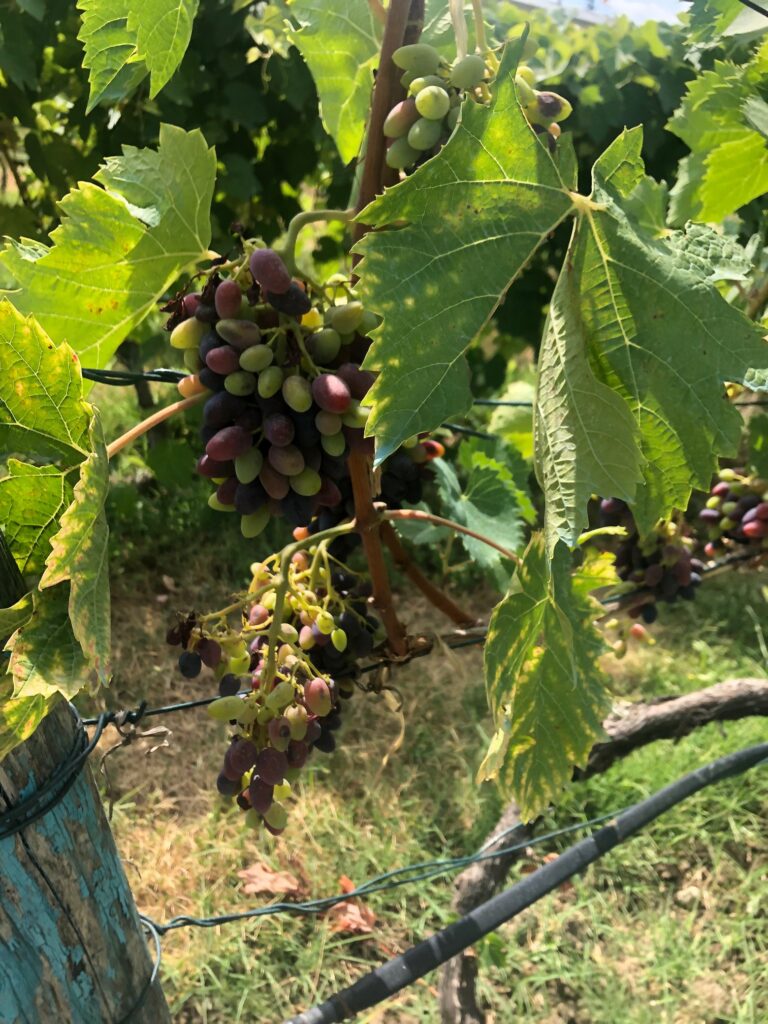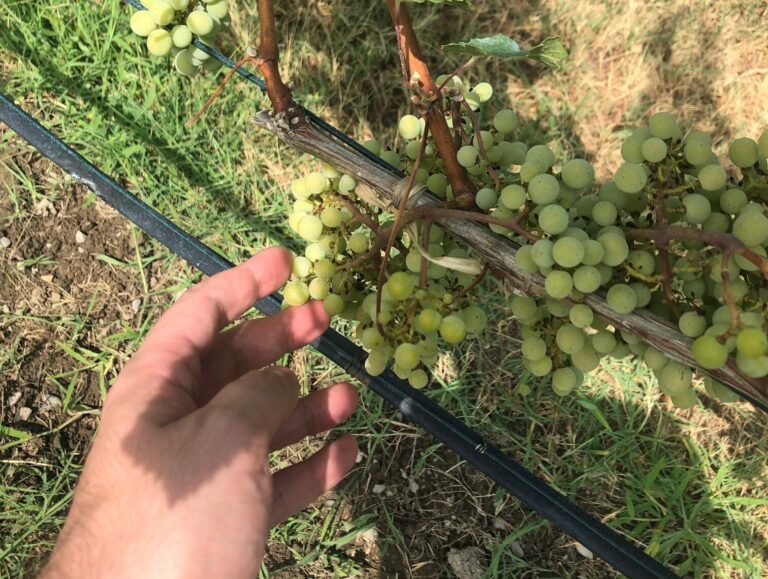How to make wine - An easy guide
If you want to learn how to make wine, you have come to the right place. We have free and easy to follow guides on making wine of all varieties. Please enjoy the site, enjoy the wine and share your experiences with our community of wine lovers.

Background on winemaking
Wine is an alcoholic beverage made from fermented grapes. Yeast consumes the sugar in the grapes and converts it to ethanol, carbon dioxide, and heat. Different varieties of grapes and strains of yeasts produce different styles of wine. These variations result from the complex interactions between the biochemical development of the grape, the reactions involved in fermentation, the terroir, and the skill of the winemaker.
Grapes are grown in vineyards, and wine is made in wineries. The science of how to make wine and winemaking is known as oenology. A person who makes wine is known as a vintner or winemaker.
There are five general categories of wines: red, white, rosé, sparkling, and dessert. The color of a wine is determined by the grape variety and the length of time the juice is in contact with the skins during fermentation:
- Red wines are made from black grapes, and the skins are left in contact with the juice throughout fermentation. This imparts color, tannins, and other phenolic compounds to the wine.
- White wines are made from white grapes, and the juice is fermented without the skins.
- Rosé wines are made from red grapes, but the juice is fermented for a shorter time and with less contact with the skins than for red wines. This imparts a pink color to the wine.
- Sparkling wines are made by adding yeast and sugar to a wine base and by trapping the carbon dioxide that is produced by the fermentation.
- Dessert wines are made by adding grape juice or sugar to unfermented wine.

How do I make my own wine?
There are four main steps in making wine: harvesting, crushing and pressing, fermentation, and aging.
Harvesting is the process of picking grapes from the vines. This is typically done by hand, although some wineries use mechanical harvesters. The timing of the harvest is crucial, as the grapes must be ripe but not overripe. Overripe grapes will produce wine with too much alcohol, while underripe grapes will not produce enough alcohol.
After the grapes are harvested, they are crushed and pressed. This can be done by machine or by hand. The crushed grapes, called must, are then transferred to fermentation tanks.
Fermentation is the process of converting the sugars in the grape juice into alcohol. This is done by adding yeast to the must. The type of yeast used will determine the final characteristics of the wine. The fermentation process also produces carbon dioxide, which is released from the tank.
After fermentation, the wine is transferred to barrels or tanks for aging. The length of time the wine is aged will depend on the style of wine being made. White wines and rosés are typically not aged for long, while red wines may be aged for several years. During the aging process, the wine undergoes chemical changes that impact its flavor and aroma.
After the wine has aged, it is bottled and ready to be enjoyed.

Instructions on how to make wine
You will need the following ingredients and items:
-A large container like a bucket or barrel
-A smaller container like a carboy
-An airlock
-Sanitizer
-Food-grade rubber hose
-A strainer
-A funnel
-Grapes
-Yeast
How do you make wine step by step?
- Sanitize all of your equipment. This is very important in order to avoid contaminating your wine.
- Crush your grapes. This can be done by hand or with a grape crusher.
- Place the crushed grapes into the large container.
- Add yeast to the grapes.
- Cover the container with a cloth and secure it with a rubber band.
- Leave the container in a dark, cool place for 3-4 weeks, stirring occasionally.
- After 3-4 weeks, strain the wine into the smaller container using the strainer, funnel, and rubber hose.
- Attach the airlock to the smaller container.
- Leave the wine to ferment for 6-12 months, checking on it occasionally.
- When the wine is finished fermenting, bottle and store it.
Once you have mastered how to make wine:
Other suggestions:
Best way to enjoy wine:
Check out our other resources:
- How to make wine
- How to make champagne
- How to make dandelion wine
- How to make wine slushies
- How to make plum wine
- How to make fruit wine
- How to make wine from grapes
- The history of wine
- The economics of the wine industry
- The social and cultural impact of wine
- How to store and age wine
- How to serve wine
- The different types of wine
- The process of wine tasting
- The health benefits of wine
- The risks of drinking wine
Hey there, party people! It’s your pal Charlie Sheen, here to drop some knowledge bombs and answer a burning question that’s been on everyone’s mind. We’re diving deep into the world of cam industry mistresses today, and how they manage the emotional rollercoaster that comes with their line of work. Buckle up, because you’re in …
Hey, party people! It’s your boy, Charlie Sheen, here to talk about an interesting topic that might raise a few eyebrows. Today, we’re diving into the world of femdom mistresses and how they strike a balance between their dominant roles and the need for aftercare and emotional support for their submissives. So grab your tiger …
Alright, hold on to your hats, ladies and gentlemen, because I’m about to dive into a topic that might raise a few eyebrows. Today, we’re going to talk about how a chastity mistress takes care of her submissive while they’re locked up tight and ready to roll. Now, before we get started, I want to …